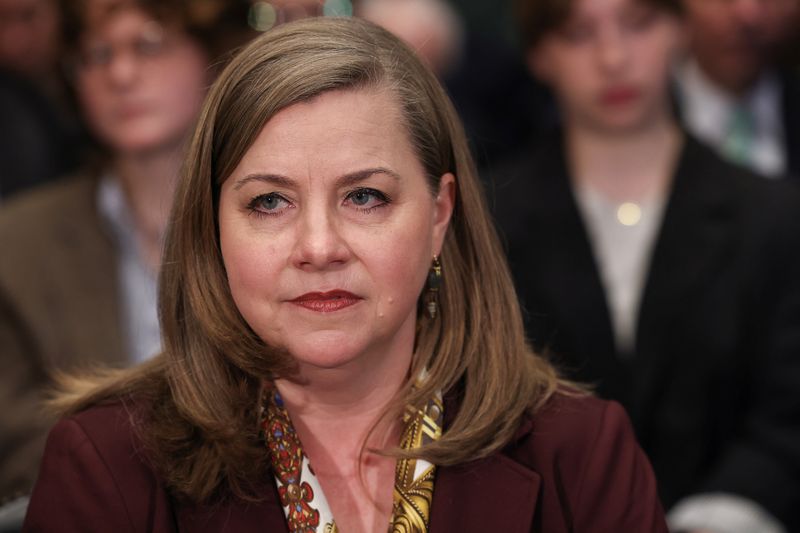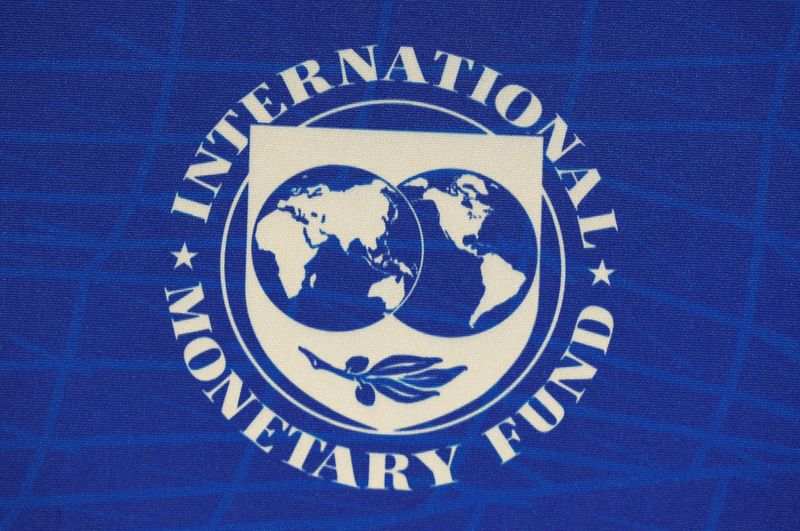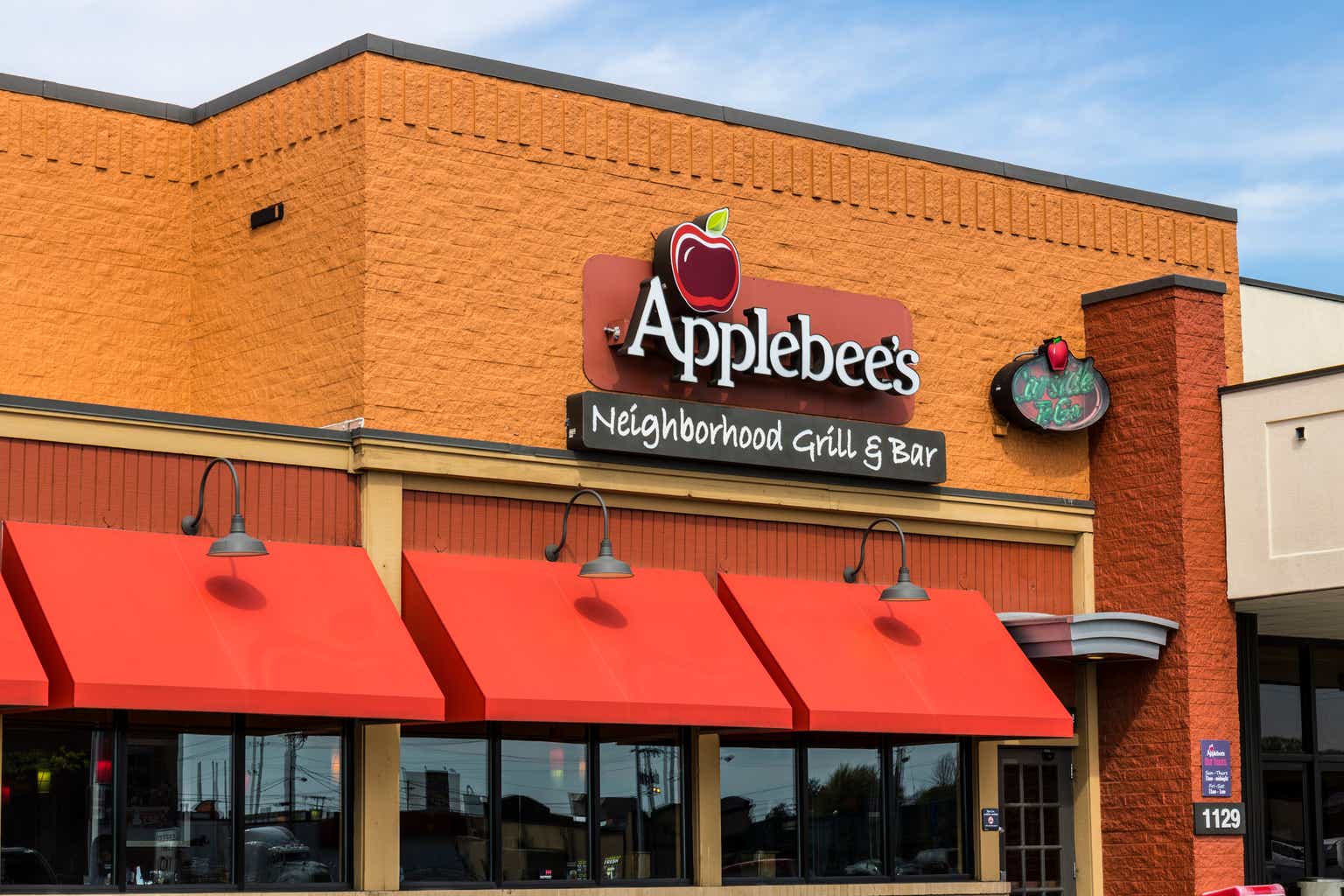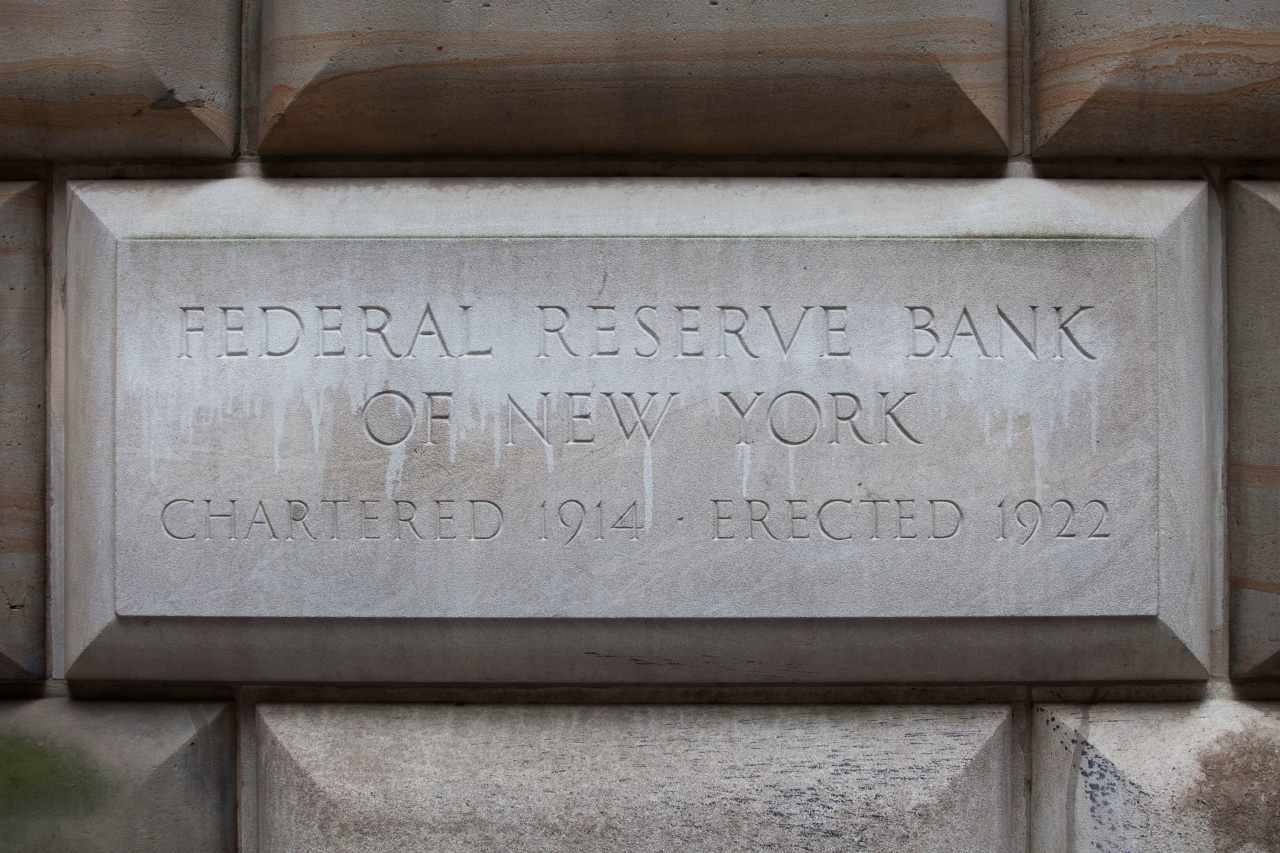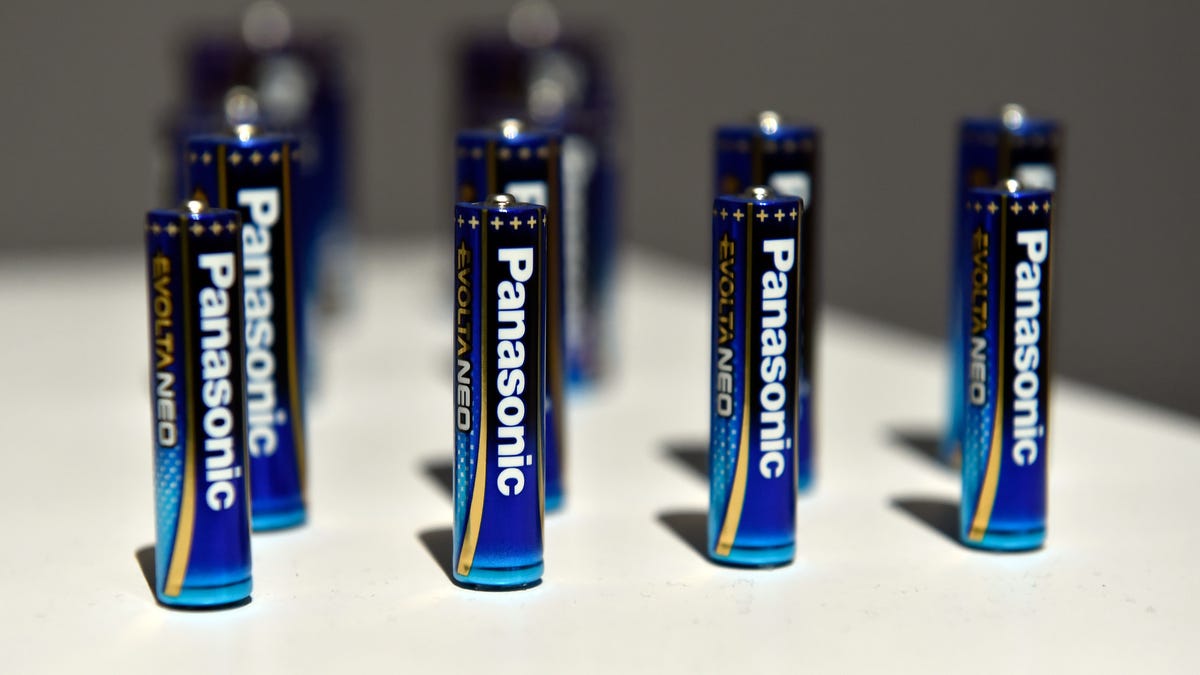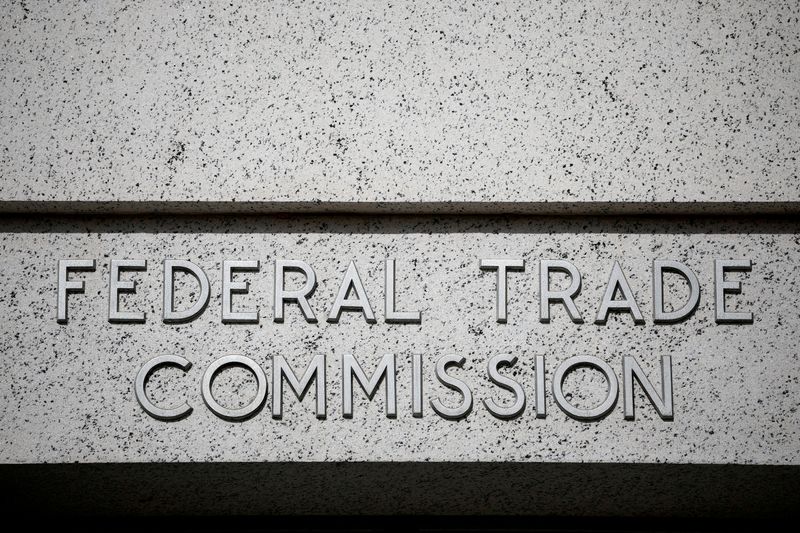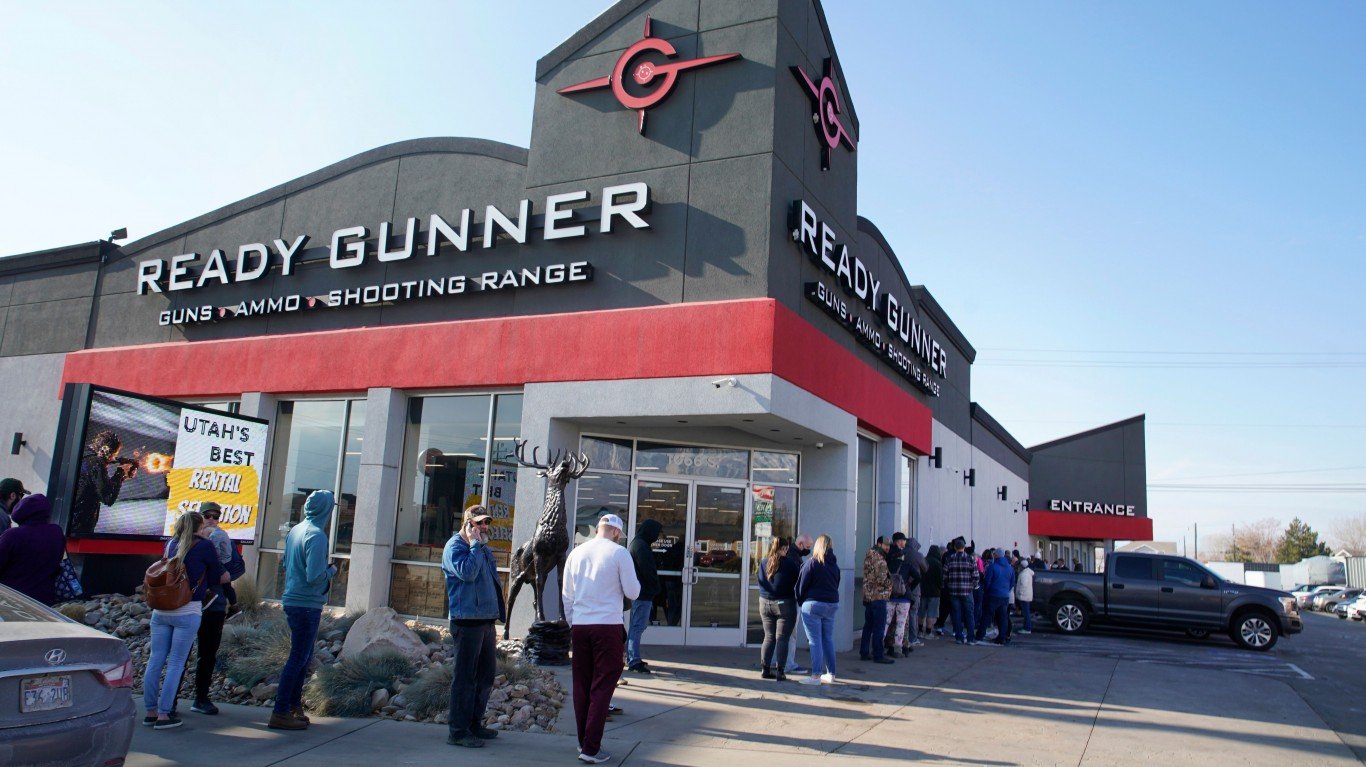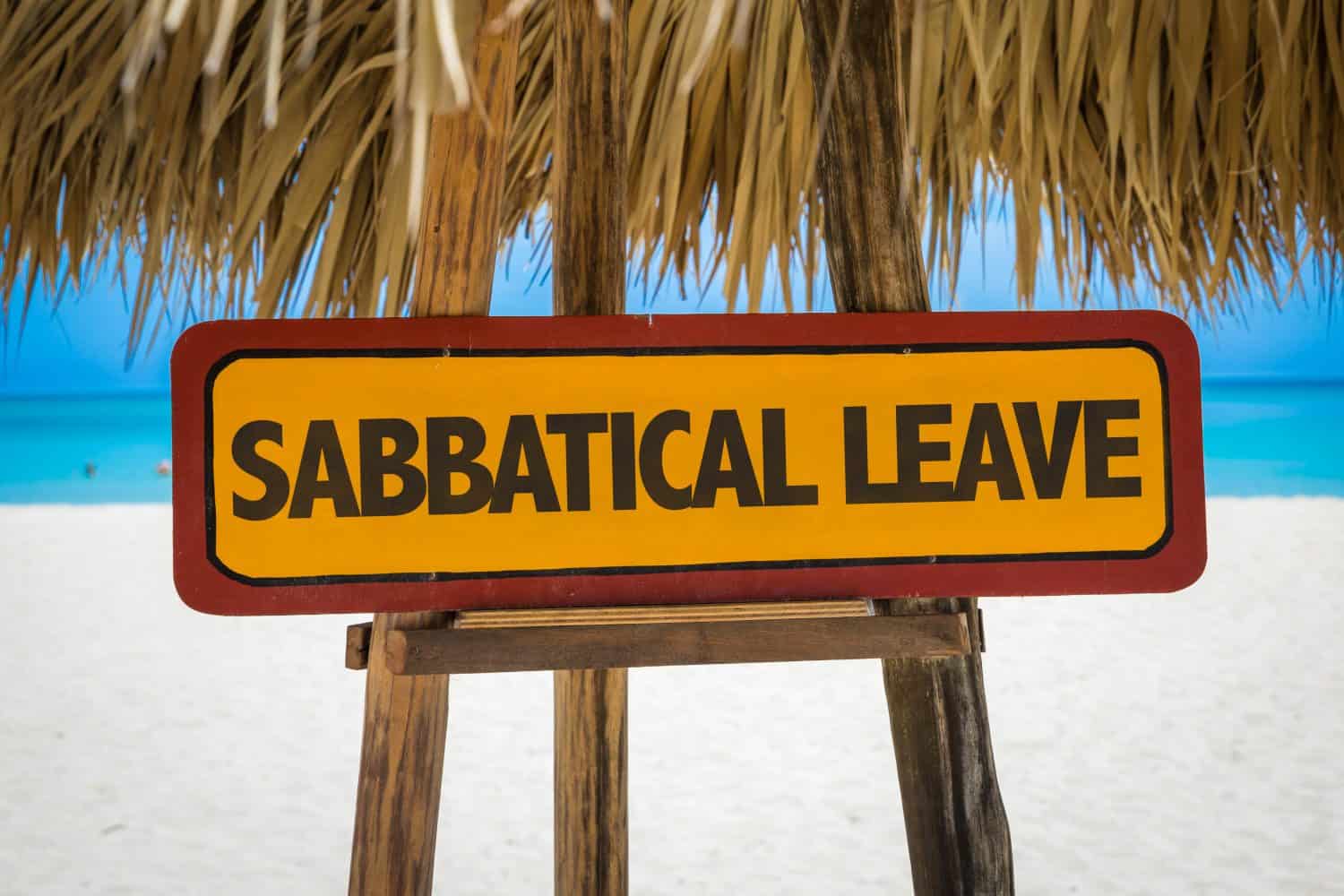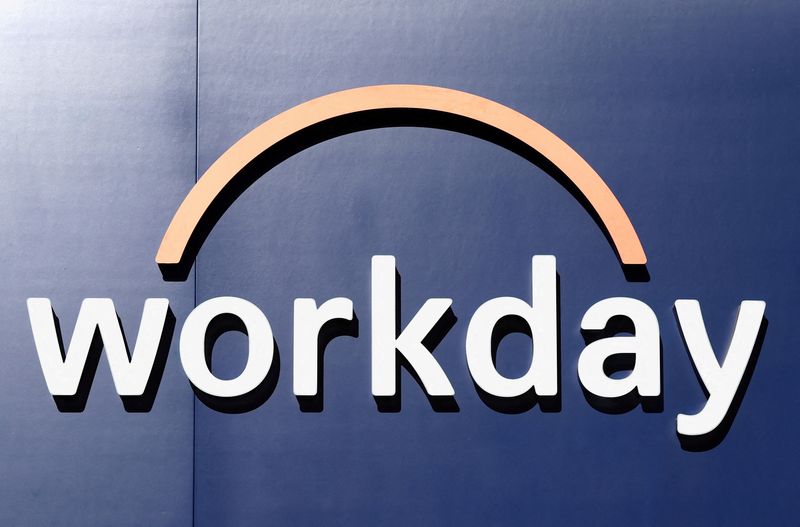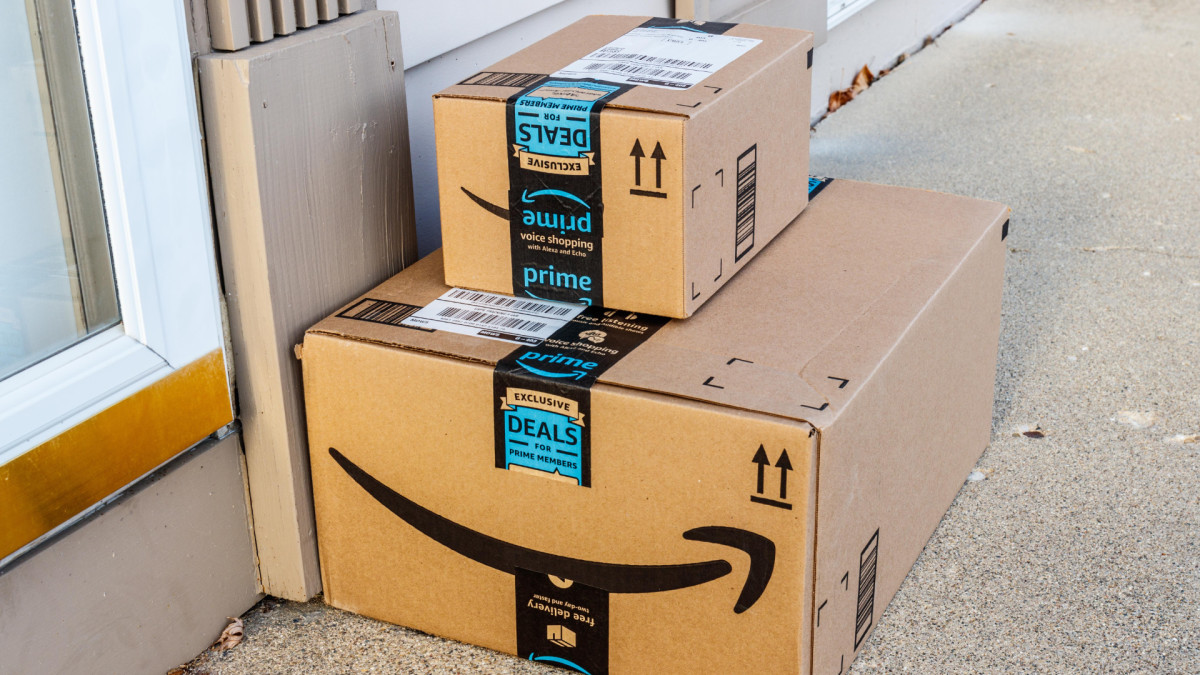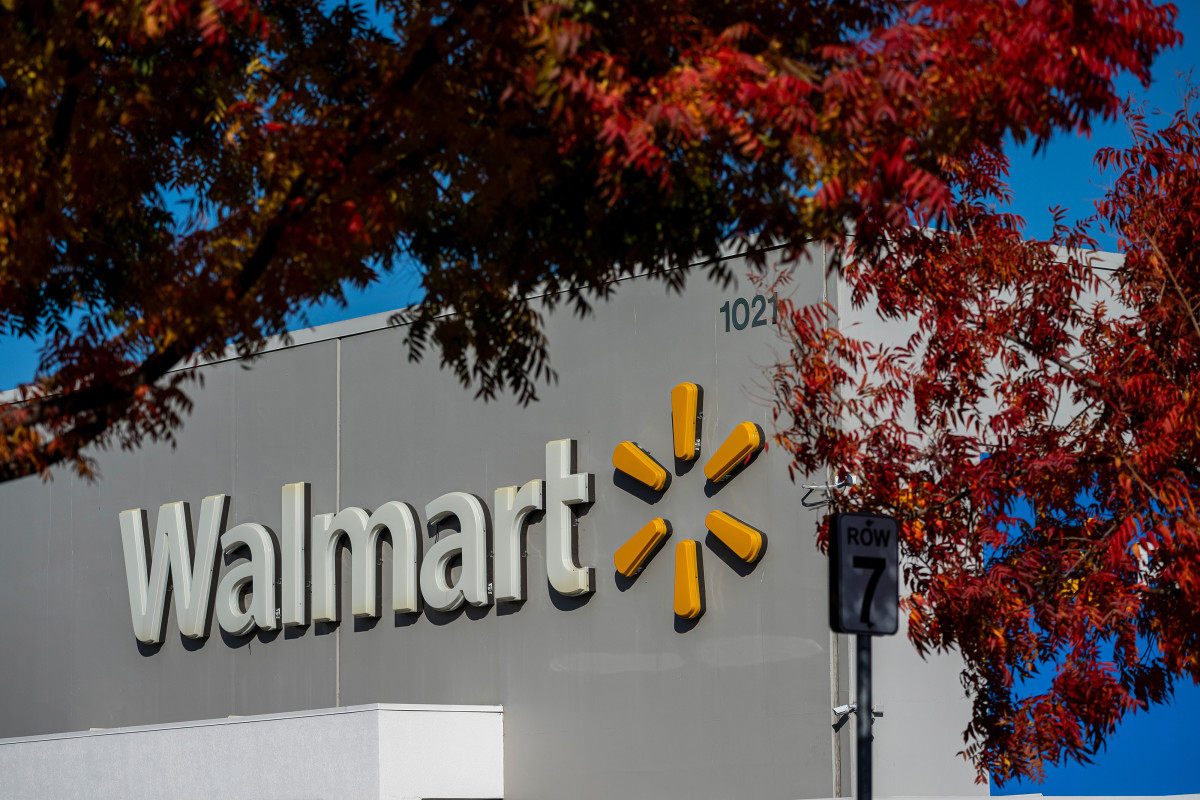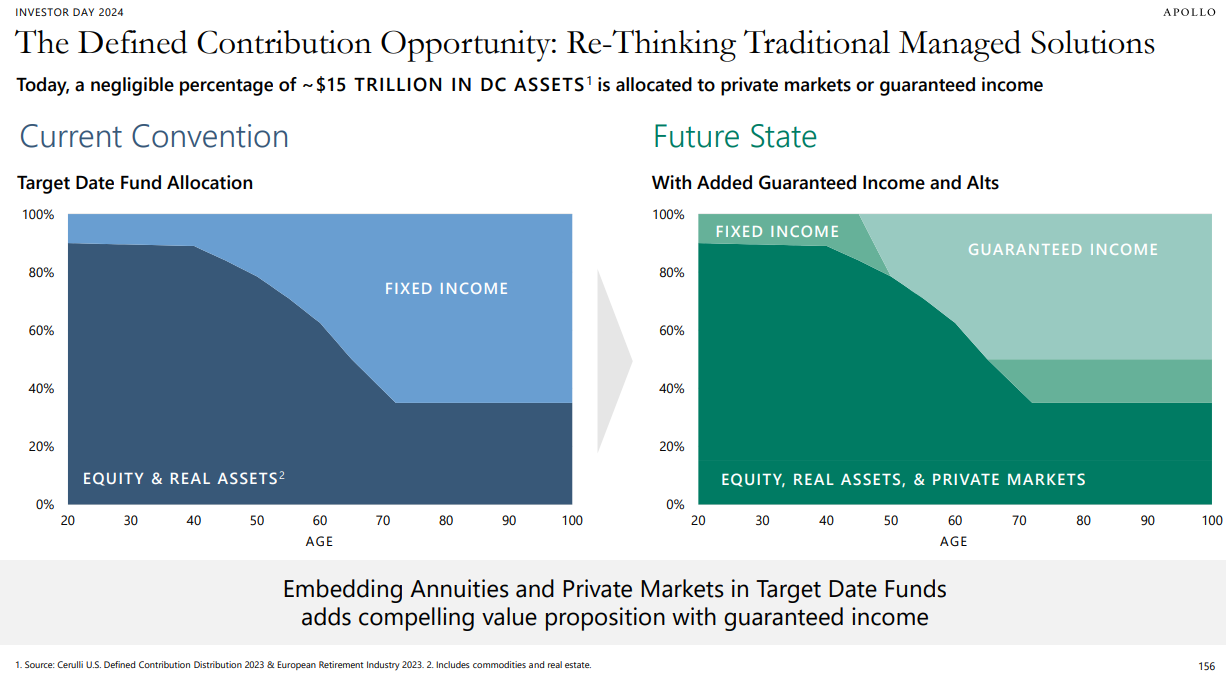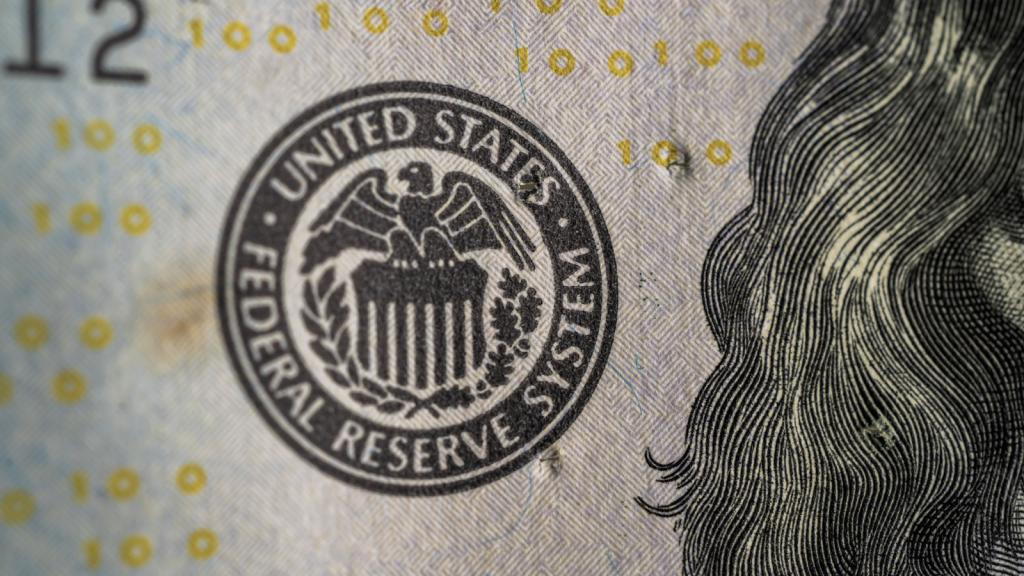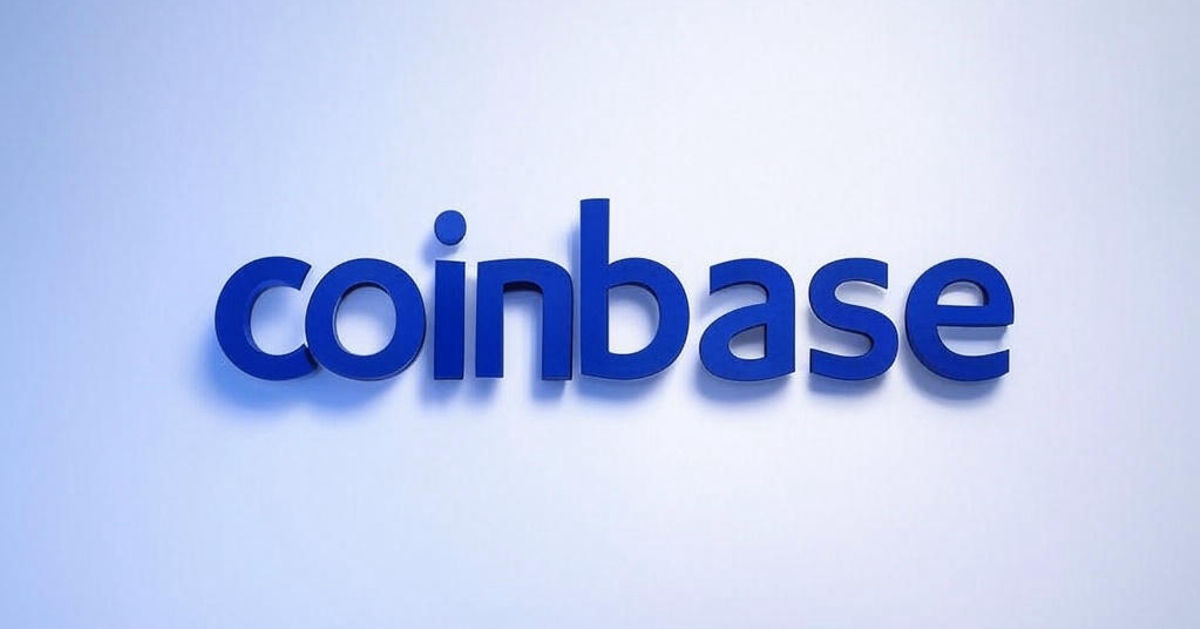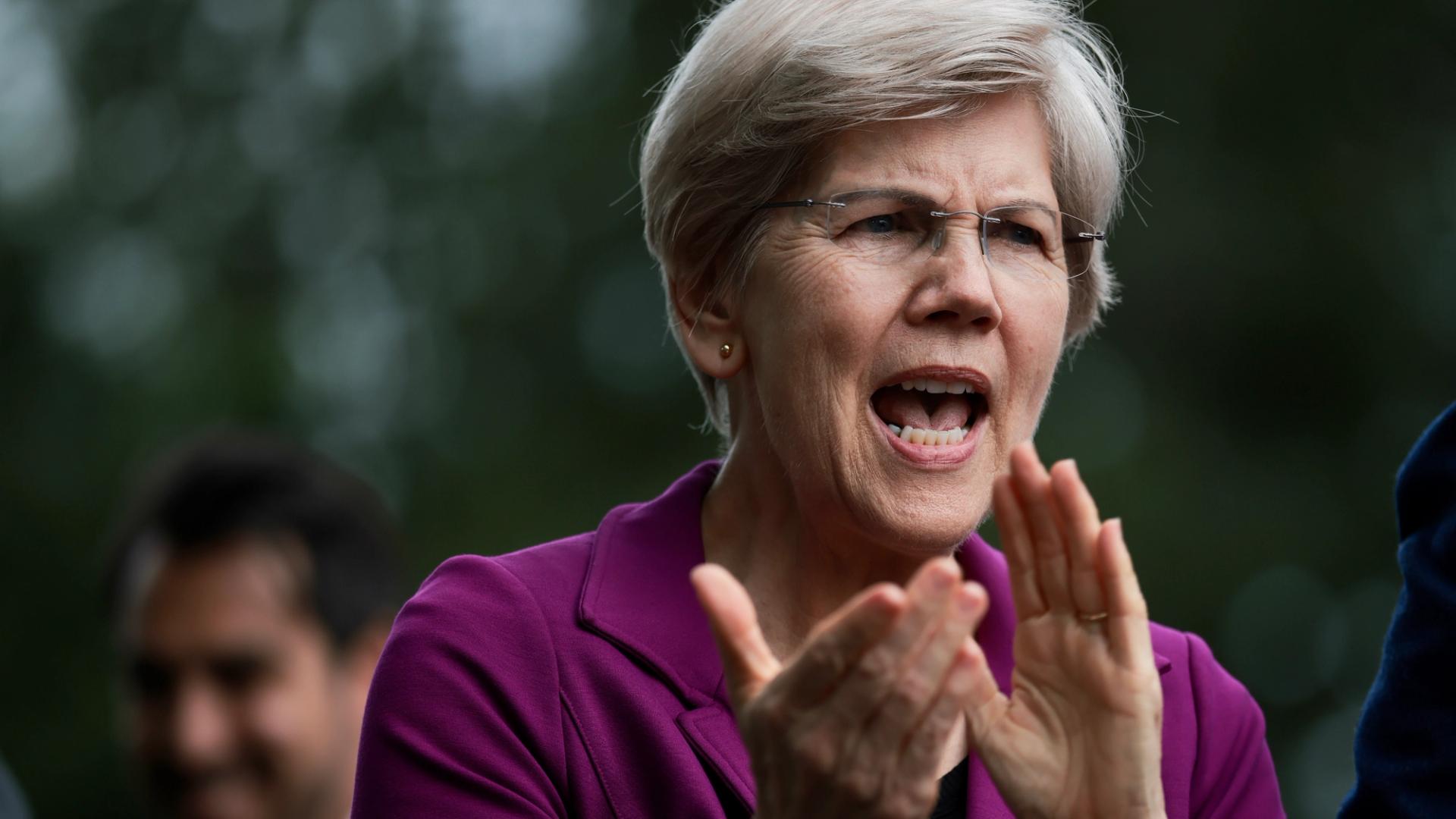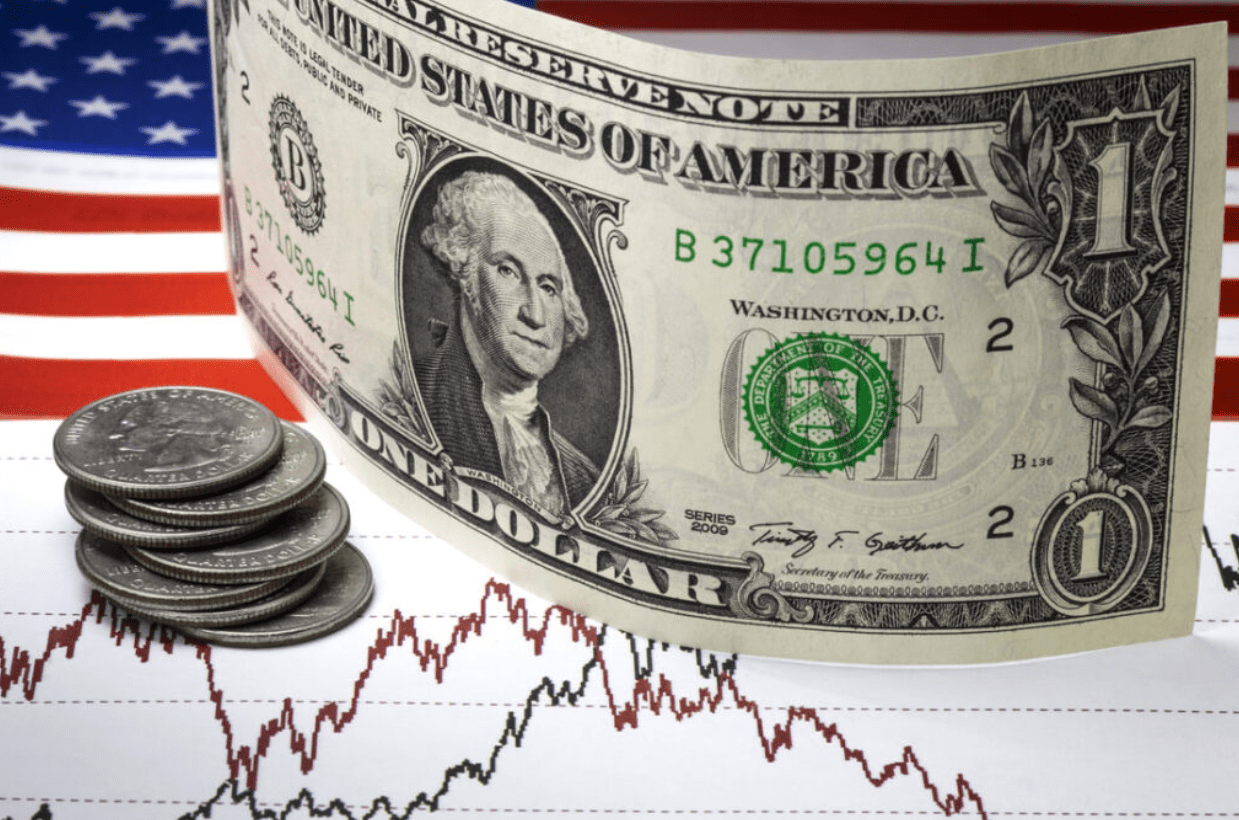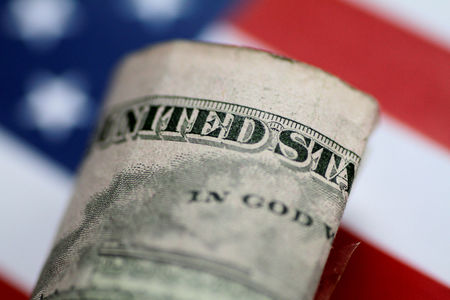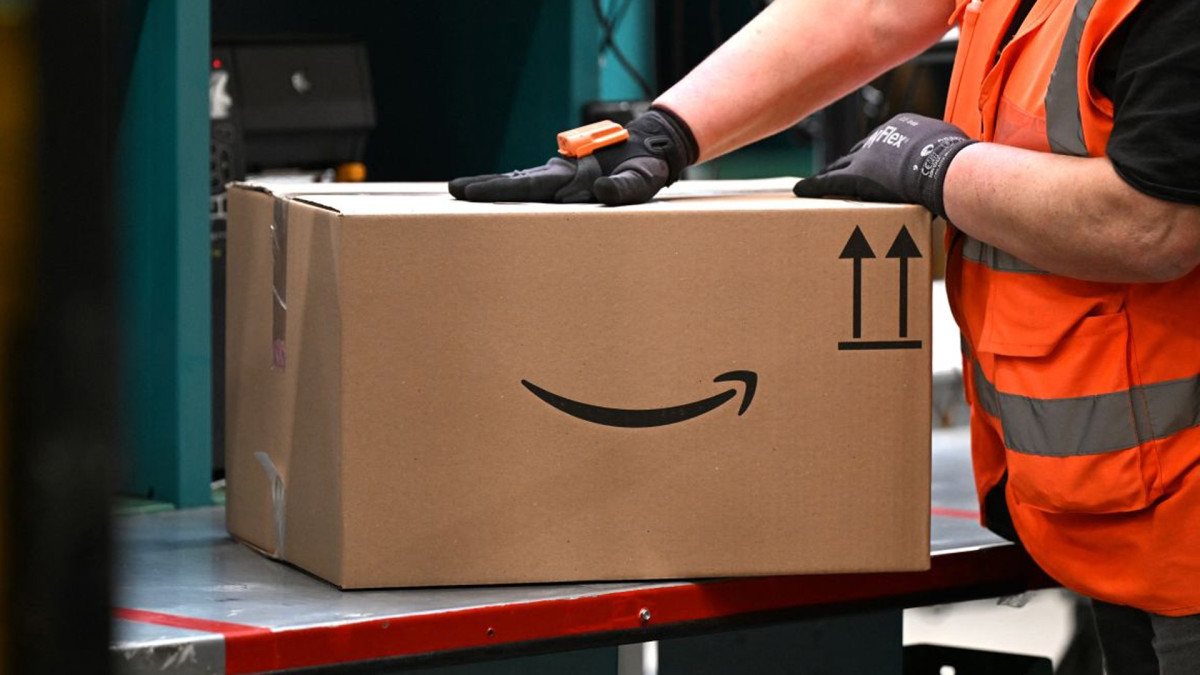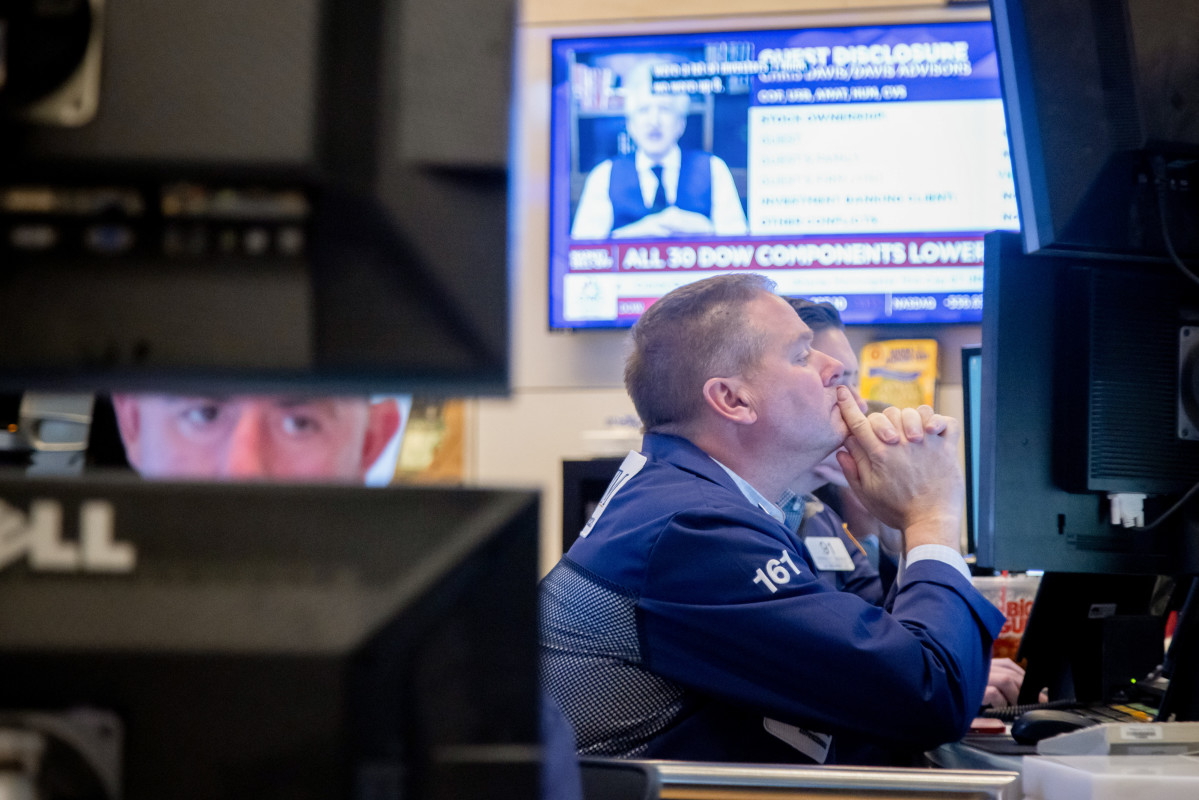Major drugstore chain testing new idea despite closing 270 stores
The pharmacy has been trying to thwart a concerning industry trend.
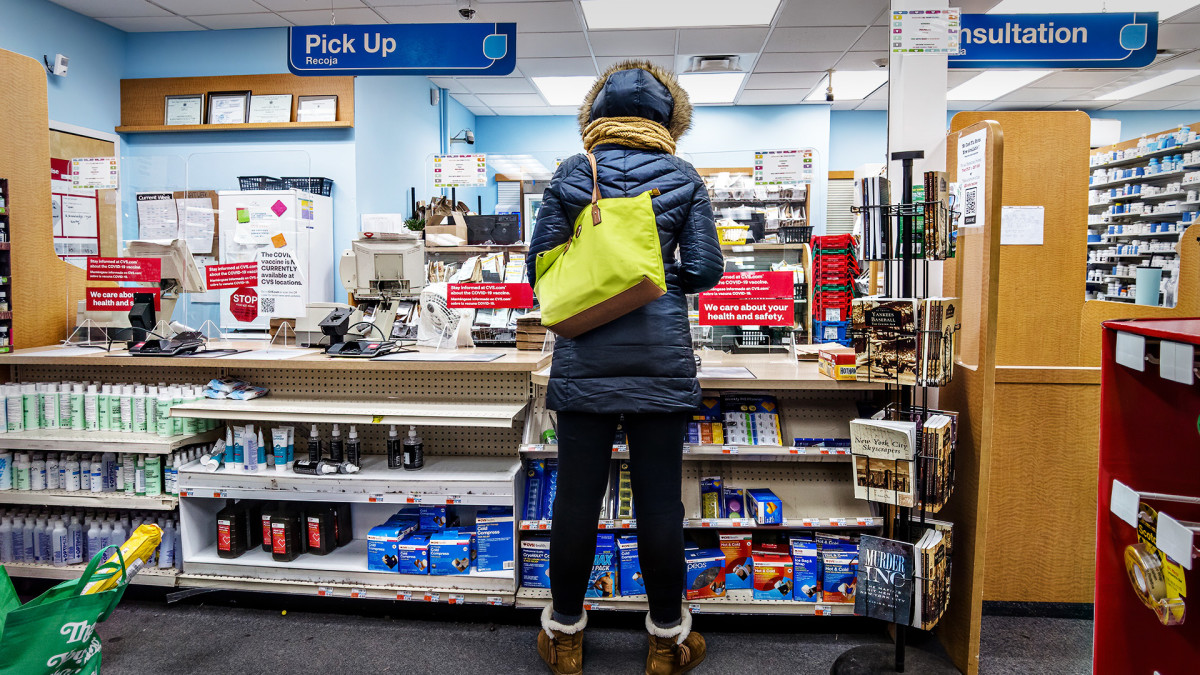
One of the hardest things about being a retailer right now is figuring out how to differentiate yourself from the rest of the pack.
Even the biggest and strongest retailers are constantly looking over their shoulders, ensuring their peers aren't doing something better than them.
Related: Popular Mexican chain closing all restaurants, no bankruptcy
It's a demanding way to run a business. But that breakneck pace isn't likely to slow down anytime soon.
That's because consumer demand has been rising steadily in recent years. And, as shoppers, most of us have pretty lofty expectations.
Take, for example, the way we do our banking these days.
Many of us have grown used to the idea of banking online. We prefer to pay bills and cash checks on apps, and some of us even get mortgages and buy cars entirely online.
This has meant most banks have needed to pivot their approach; rather than opening a branch on every street corner, many have shuttered locations in favor of ramping up mobile apps and online capabilities.
Still, if a bank wants to stay competitive, it must keep at least some physical locations up and running. This keeps customers coming back, maintains trust, and keeps competitors at bay.
But this isn't unique to the banking industry. Almost all retailers must adapt to a dynamic and ever-changing landscape. Shutterstock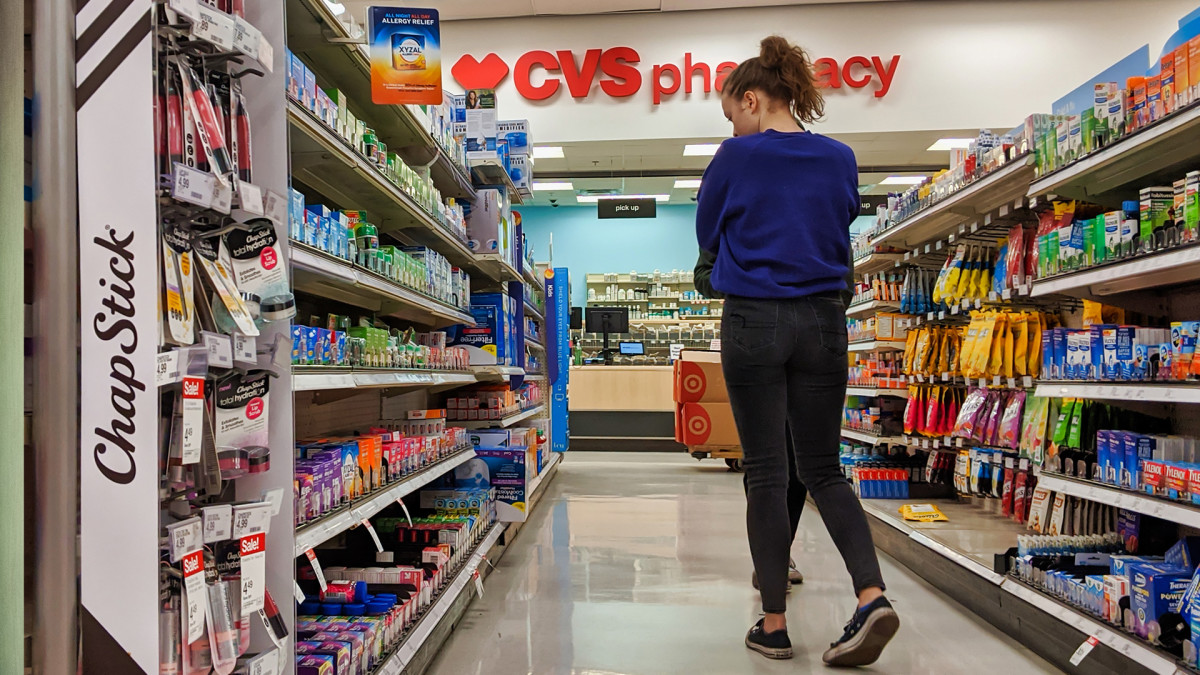
Drugstores must be especially adaptable
There is, however, one corner of the retail market that tends to be more demanding than the others.
That would be the pharmacy category, which continues to test investor patience and reinvent itself on a nearly annual basis.
In the U.S., pharmacies are especially unique. Unlike in many other countries, where pharmacies only dispense prescription drugs and sell a handful of other personal care products, our drugstores are big business. Many sell everything from ice packs to ice cream and painkillers to party supplies.
Drugstores have become something of a superstore — and they are ubiquitous on almost every main drag or street corner.
More Retail:
- Home Depot makes drastic budget-friendly move to take on Lowe's
- Struggling cosmetics brand sounds alarm, laying off thousands
- Popular Trader Joe's wine brand has bad news, making harsh choice
- Struggling retail chain sounds the alarm on growing problem
This strategy is similar to the Starbucks model: put your store on every street corner so your competitors can't.
The only issue is, drugstores are sitting ducks when it comes to retail theft. They offer easy access to some of the most high-interest items, like snacks, shaving supplies, and paper products.
Some of these products are loss leaders in the best of times, but when theft rises, they're the first to disappear — and with them, profits.
This has forced some drugstores to put many items under lock and key.
But this tactic dissuades honest customers from wanting to deal with the inconvenience of asking for help with a purchase. So they go elsewhere, often online, much to the detriment of pharmacies' bottom lines.
CVS tries to get creative
It's not surprising, then, that many drugstores have been forced to close hundreds of locations or shutter business entirely.
CVS (CVS) , for example, is closing about 270 stores due to underperformance and inventory shrink. Walgreens is following suit; it has plans to shutter hundreds of stores soon as it plans to go private to turn business around.
And Rite Aid has filed for Chapter 11 bankruptcy and will ultimately close all of its locations.
But CVS is still trying to find a bright spot.
Related: Struggling cosmetics brand sounds alarm, laying off thousands
The Rhode Island-based drugstore is opening small-format stores, a move Rite Aid tried about a year before its most recent bankruptcy.
CVS is planning to open about a dozen pharmacies about 5,000 square feet in size. The average drugstore in the U.S. is between 8,000-13,000 square feet.
These smaller stores will offer similar services to large-scale CVS stores. They will dispense drugs, offer certain vaccines, and sell some over-the-counter and personal care products.
The move is an attempt to get back to basics, which in this case, would be straightforward pharmacy services.
In 2024, CVS saw its net income plummet by 45% $8.4 billion to $4.6 billion.




